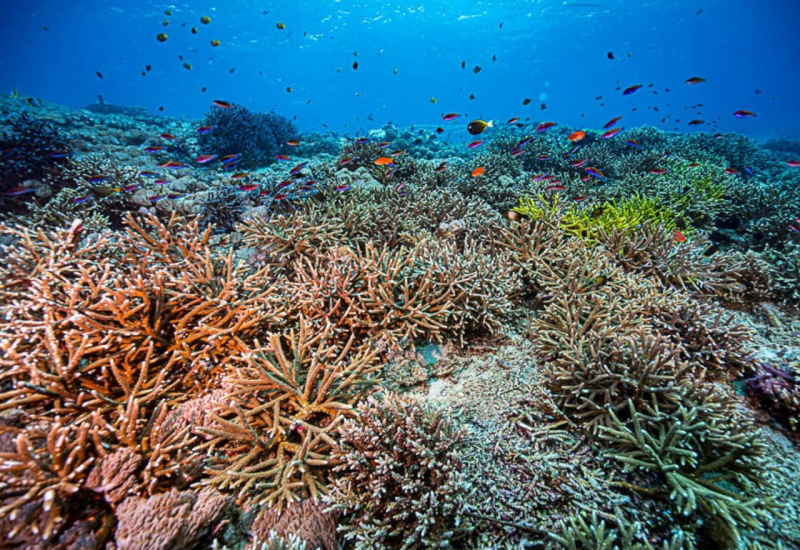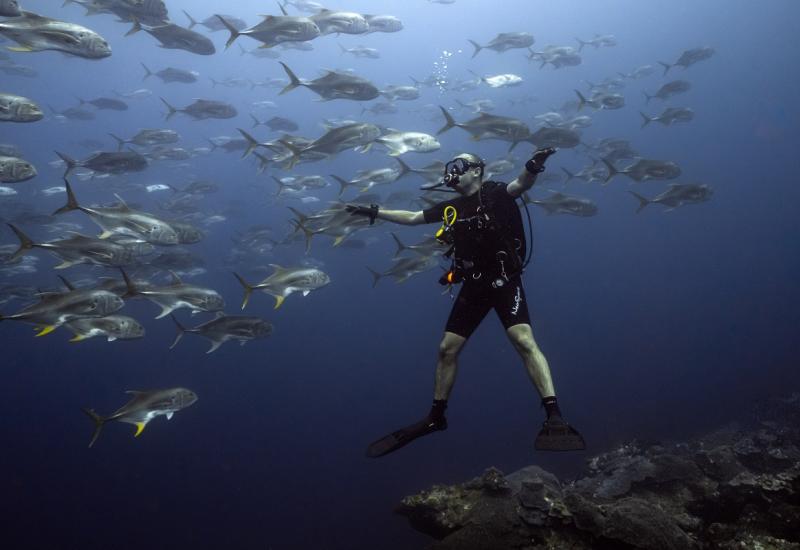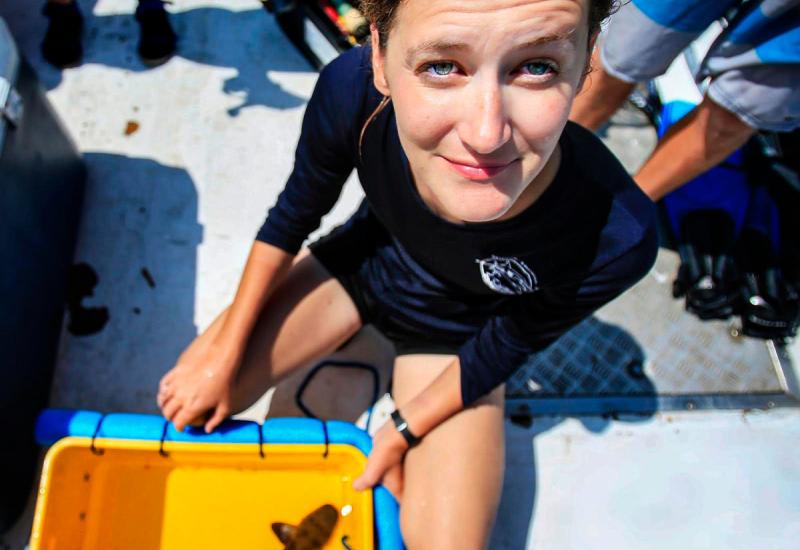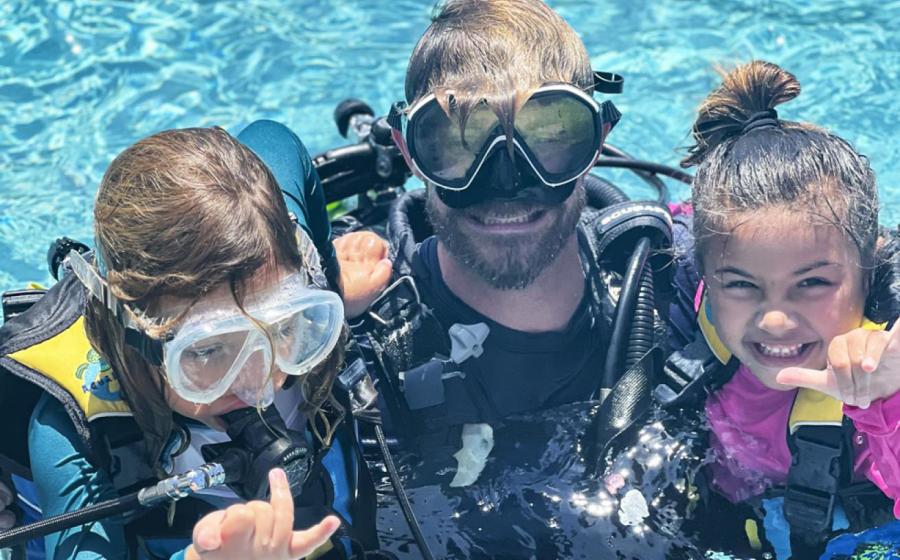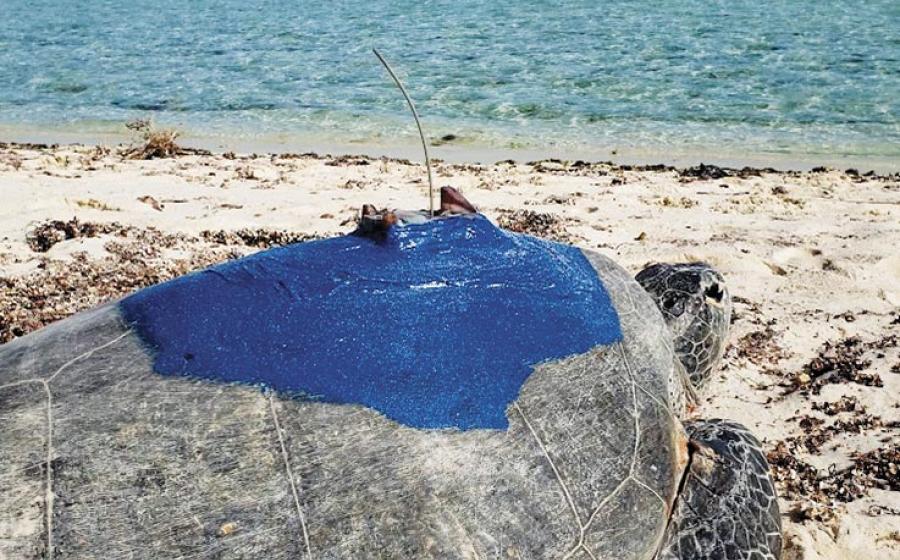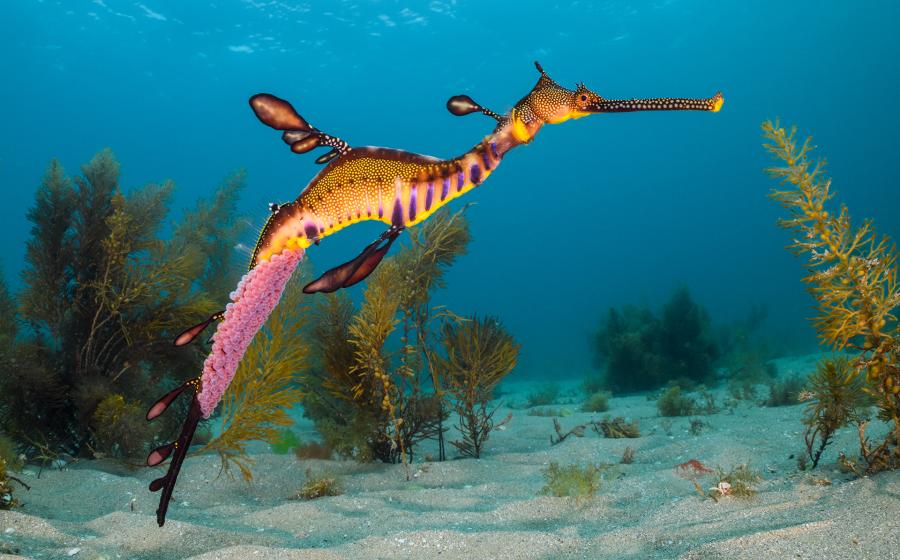What To Do if You Find a Cold-Stunned Sea Turtle

Courtesy NOAAGreen sea turtles are among the species vulnerable to cold-stunning.
As frigid temperatures grip much of the U.S., rescuers are working to save hundreds of cold-stunned sea turtles traumatized by cold-water temps (usually below 50˚F). But NOAA warns that well-meaning Samaritans shouldn’t remove the turtles from the water or beaches.
“Cold stunning” refers to the hypothermic reaction that occurs when cold-blooded sea turtles become immobile when they are unable to warm themselves or to migrate to warmer waters, says NOAA. Initial symptoms include a decreased heart rate, decreased circulation and lethargy, followed by shock, pneumonia and possibly death.
Sea turtles are commonly found in waters off the Mid-Atlantic and Northeast U.S. during the summer and early fall, and typically begin to migrate south by late October, NOAA says. Scientists are unsure why some sea turtle fail to migrate before colder weather sets in, but it could be that because they forage in shallow bays and inlets and get caught when the temperatures in these areas drop rapidly and unexpectedly.
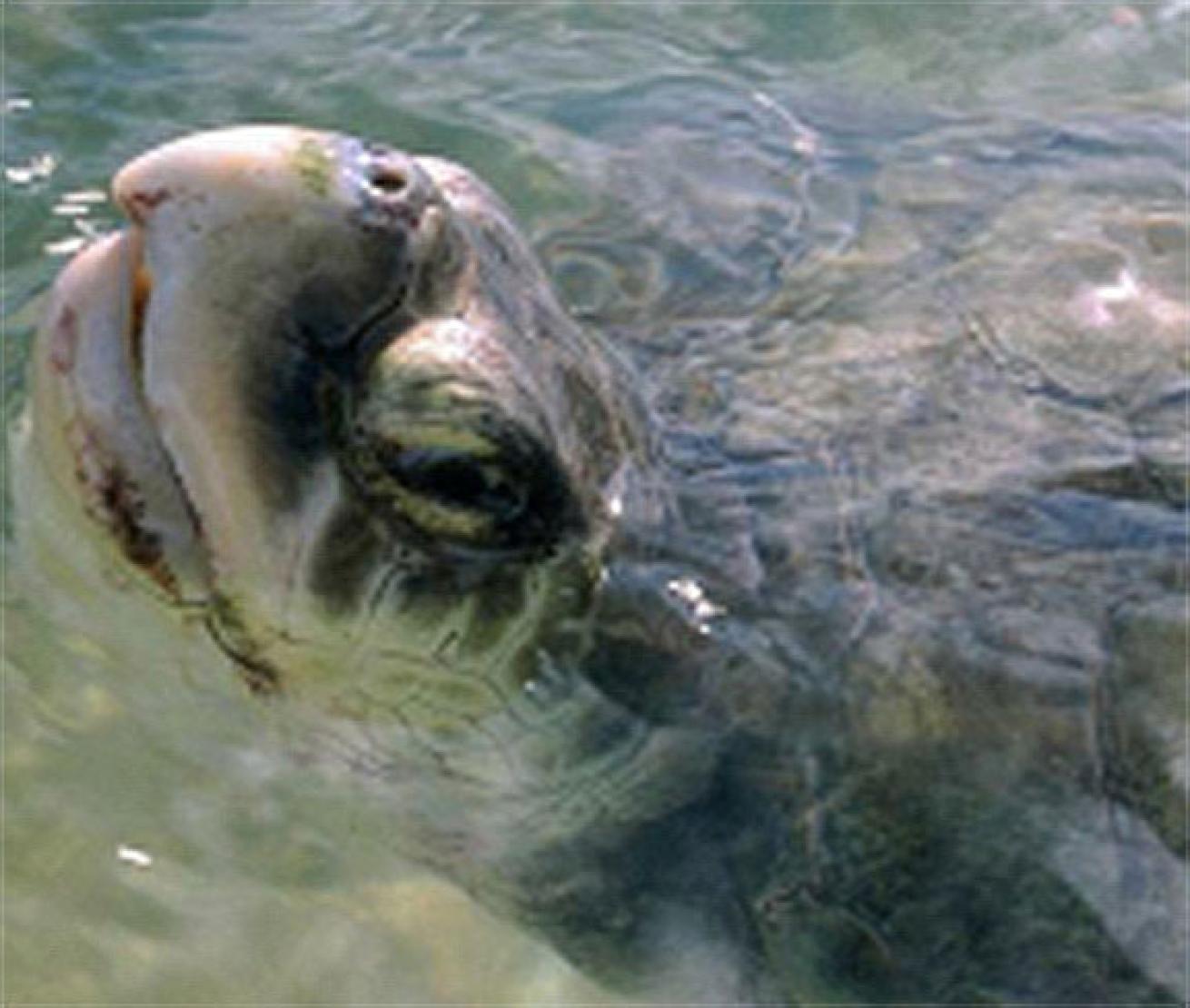
Courtesy NOAAKemp's ridley sea turtle are the species most commonly affected by cold-stunning in the U.S.
Kemp’s ridley sea turtles are the most common cold-stunned species, but loggerhead and green sea turtles are also often affected by cold stunning.
So what should you do if you spot a distressed sea turtle in the water or on a beach? Once these cold-stunned turtles wash up on beaches or are floating at the surface unable to swim, it is a race against time to save them. A cold-stunned sea turtle may appear to be dead, but may actually be alive, says the U.S. Fish & Wildlife Service.
If you see a sea turtle that is cold-stunned, don't touch it or move it; instead call a trained professional. Call FWC at 1‑800‑344‑WILD immediately, or contact NOAA Fisheries in your region.


